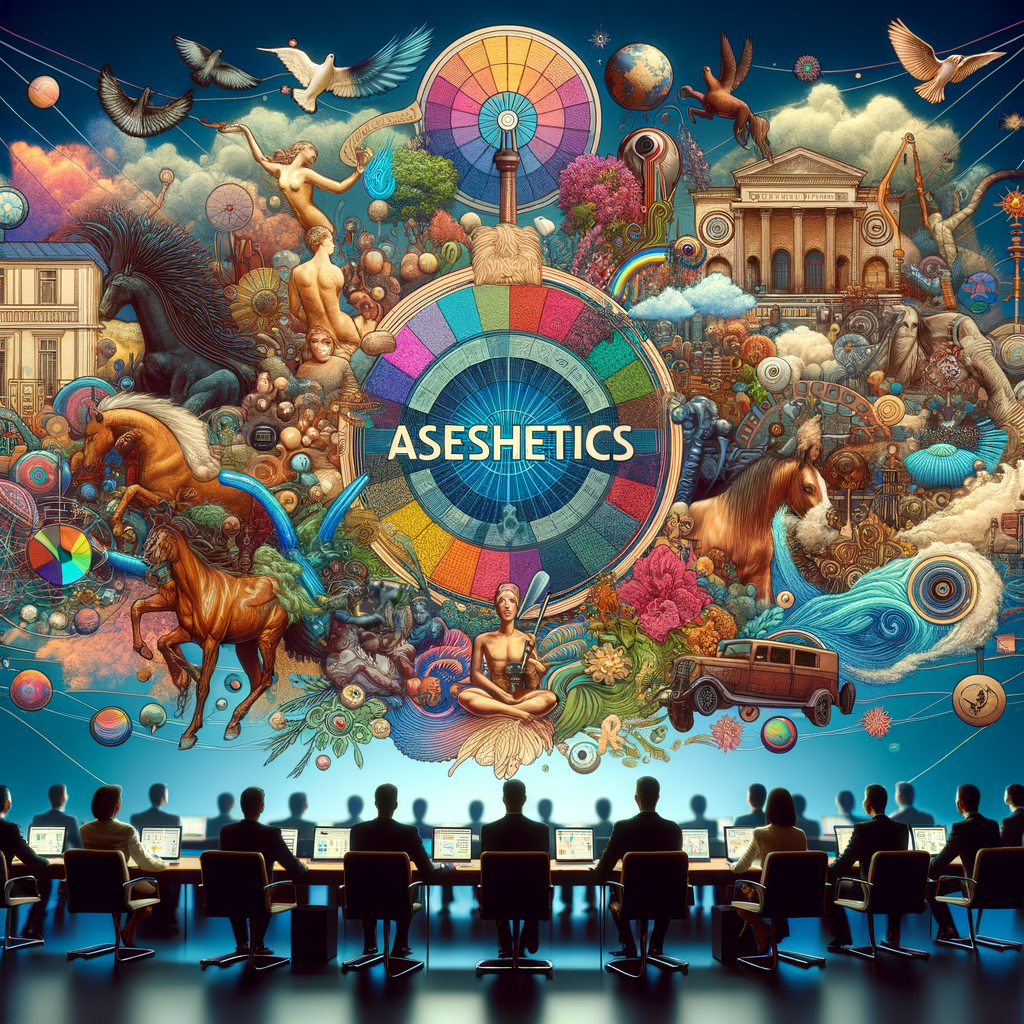Exploring the Aesthetic World of 2010s Internet: A Journey Through Visual Schema
“`htmlIn the ever-evolving landscape of aesthetics, the 2010s Internet aesthetic stands out as a unique blend of visual schema that encapsulates the mood of an era. Aesthetics are essentially collections of visual elements that create a “mood,” and the 2010s Internet aesthetic is no exception. Born from the fertile grounds of internet communities, it serves as a digital tapestry that reflects the zeitgeist of a transformative decade.
The Origins of Aesthetics
Aesthetics originate from various sources, including internet communities, national cultures, genres of fiction, and more. For example, aesthetics such as Cottagecore and Dark Academia emerged from online spaces, creating a shared visual language that resonated across the globe. In contrast, aesthetics like Americana and Traditional Polish draw from national cultures, though it’s essential to approach these with sensitivity to avoid stereotyping.Genres of fiction also play a significant role in shaping aesthetics. Cyberpunk, with its neon-lit streets and dystopian undertones, creates a distinct visual narrative. Similarly, holidays like Christmas and Halloween have established imagery and colors that evoke specific feelings and memories.The 2010s Internet Aesthetic: A Digital Snapshot
The 2010s Internet aesthetic, in particular, captures the essence of a decade marked by rapid technological advancements and cultural shifts. This aesthetic is characterized by its eclectic mix of elements, drawing inspiration from the early days of social media and online communities. It’s a world where nostalgia meets innovation, creating a vibrant tapestry of colors, memes, and digital art.During this period, platforms like Tumblr became a breeding ground for creativity and expression. Users curated their blogs with carefully selected images, GIFs, and quotes that resonated with their personal identities. This digital curation fostered a sense of community, as people connected over shared interests and aesthetics.Visual Elements of the 2010s Internet Aesthetic
The visual schema of the 2010s Internet aesthetic is a collage of bright colors, pixelated graphics, and nostalgic references. It’s a blend of low-fi and high-tech, where retro meets futuristic. Think of pastel color palettes, glitchy visuals, and vaporwave music that create a sense of longing for both the past and the future.Memes played a pivotal role in shaping this aesthetic, serving as a universal language that transcended borders. These humorous, often surreal images became cultural touchstones, reflecting societal trends and sentiments. The meme culture of the 2010s was marked by its rapid evolution and the ability to capture complex ideas in a single, shareable image.The Personal Connection
For many, the 2010s Internet aesthetic holds a personal connection. It’s a reminder of a time when the internet felt like a vast, unexplored territory, ripe with potential for creativity and connection. This aesthetic invites us to reminisce about the days of DIY blog themes, quirky YouTube videos, and endless scrolling through digital landscapes.As we navigate the ever-changing digital world, it’s important to remember the impact that aesthetics have on our lives. They shape our perceptions, influence our tastes, and offer us a lens through which we can view the world. The 2010s Internet aesthetic serves as a testament to the power of visuals in creating a shared cultural experience.Conclusion
The journey through the 2010s Internet aesthetic is a testament to the richness and diversity of visual schema in shaping moods and identities. From its roots in internet communities to its influence on modern culture, this aesthetic reflects the dynamic interplay between technology and creativity. Whether you’re a nostalgic millennial or a curious Gen Z, the 2010s Internet aesthetic offers a window into a vibrant world of digital expression. As we move forward, let’s embrace the ever-evolving nature of aesthetics and the endless possibilities they hold.“`

Leave a Reply